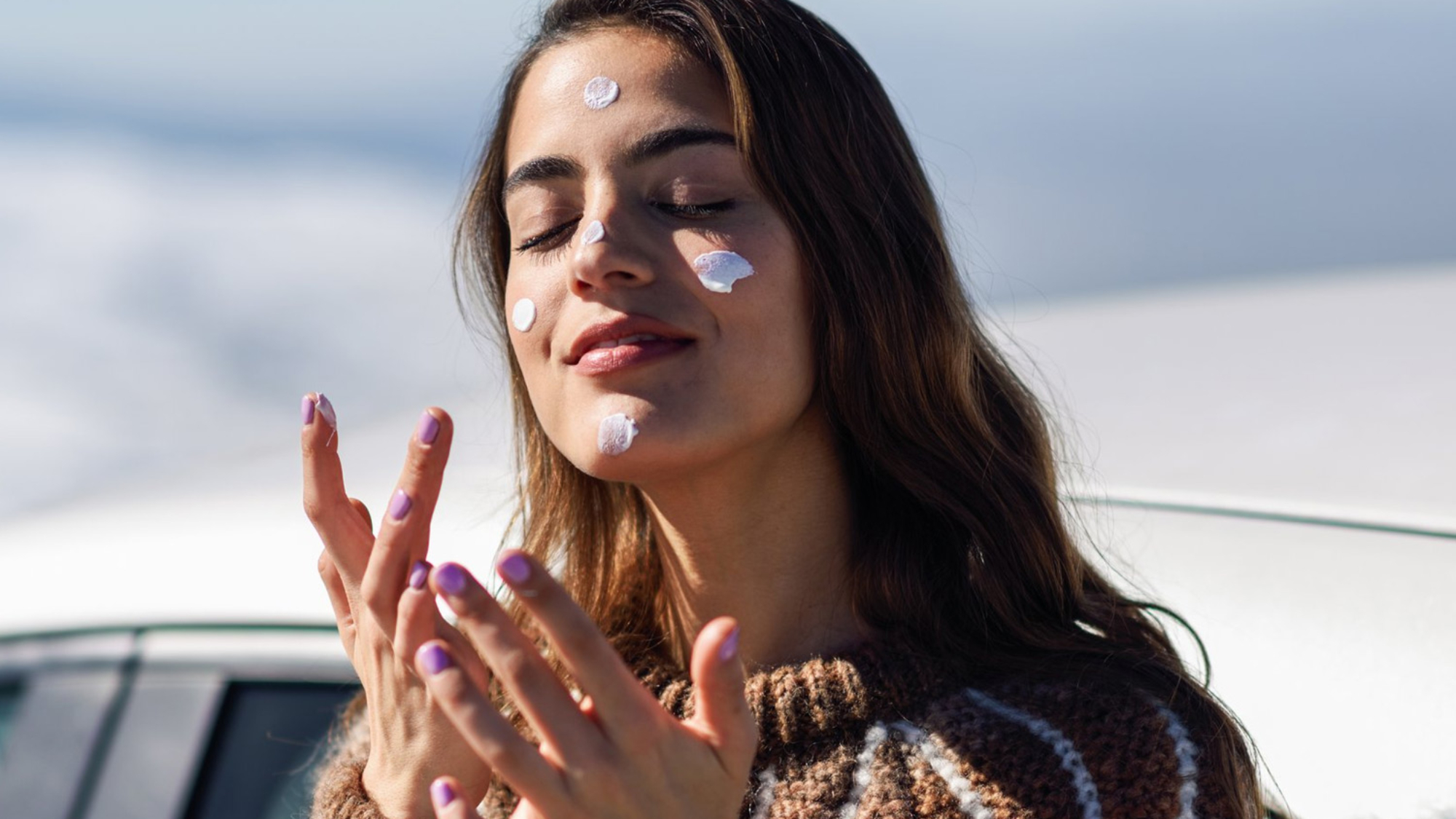Everyone knows that when summer arrives, one of the must-have creams is sunscreen, but few people know that you shouldn’t limit its use to the summer months.
Sunscreen has to be part of your daily routine, all year round.
Let’s break down in this post the 6 main secrets about SPF, so you’ll be able to choose the right one for your skin.
1. AH! BUT NOT ALL SPF ARE THE SAME?
Nope, there are two types of SPF in the market:
Physical sunscreens form a protective barrier that reflects and scatters UV rays, like a mirror. In other words, they bounce back both UVA/UVB rays. They have minerals in their composition.
Chemical sunscreens: protect the skin by absorbing UV rays and converting them into heat. They have chemicals in their composition.
2. OK, SO WHICH ONE IS RIGHT FOR MY SKIN?
Advantages of physical sunscreens:
- They irritate much less, which makes them perfect for sensitive skin.
- They absorb less into the skin, so they protect better.
- They start working after only a few minutes of application.
- They are more natural and biodegradable.
Advantages of chemical sunscreens:
- They tend to have lighter textures and glide on better.
- Cosmetic ingredients can be added easily, so almost all moisturisers with sunscreens are usually formulated with chemical filters.
- As they are absorbed into the skin, they are more resistant to water.
- They take 30 minutes to start protecting the skin, so they should be applied half an hour before sun exposure.
What about the disadvantages:
Physical SPFs:
- Tend to leave the skin whiter.
- They are less resistant to water and sweat.
As for Chemicals:
- They are more irritating as they penetrate the skin making them unsuitable for more sensitive skin.
- They take 30 minutes to work on your skin, be mindful to apply them before sun exposure.
3. THIS IS ALL GREAT, BUT HOW DO I KNOW THE TYPE OF SUNSCREEN I JUST BOUGHT?
The minerals that make up physical sunscreens are Zinc Oxide or Titanium Dioxide.
If your sunscreen contains neither of them, then it is chemical. Examples of chemical ingredients are shown in the photo.
Sometimes a sunscreen can contain both types.

4. SO, WHAT’S THE DIFFERENCE BETWEEN SPF 15, 30 OR 50?
The factor or number that appears on your product is nothing more than how long you can expose yourself to the sun without getting sunburnt.
Do you know how long you can lie in the sun without sunscreen without getting burnt?
Ten minutes if your skin is white, a little bit longer if it is darker.
The number 15 on your sunscreen indicates a fifteen-fold increase in exposure time.
SPF 15 protects for 150 minutes.
SPF 30= 300 minutes
And so on.
But this is theoretical because when you sweat, swim or dry your skin with a towel, it washes off and needs to be reapplied.
As a rule, apply SPF every two hours, knowing that perhaps with SPF 50, you will be protected a little more.
5. SPF 15, SPF 30 OR SPF 50, WHICH ONE SHOULD I CHOSE?
The difference between SPF 15 and 30 is 4% more protection.
The difference between SPF 30 and SPF 50 is only 1% more.
The false security of a SPF is that gives the impression that only needs to be applied once a day. So even if you use SPF 50, you can still get burnt if you don’t reapply it.

6. CAN I RUB MY BODY SPF ON MY FACE?
I recommend a physical sunscreen on your face, and a chemical one on the rest of your body.
If you prefer to layer of a physical sunscreen on your body, you can spread it on your face too.
As for the quantity, you see the tsp needed for each part of the body in the picture.

In this post, I have covered the essential aspects of sunscreens. If you have any questions, feel free to leave them in the comments.
And remember, “No SPF, not going out”.

A wonderful serenity has taken possession of my entire soul, like these sweet mornings of spring which I enjoy with my whole heart. I am alone, and feel the charm of existence in this spot, which was created for the bliss of souls like mine. I am so happy.
my dear friend, so absorbed in the exquisite sense of mere tranquil existence, that I neglect my talents.
I feel that I never was a greater artist than now. When, while the lovely valley teems with vapour around me, and the meridian sun strikes the upper surface of the impenetrable foliage of my trees, and but a few stray gleams steal into the inner sanctuary.